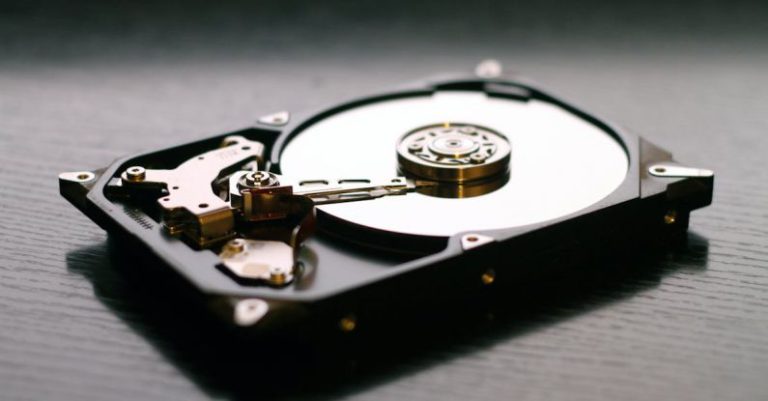How to Plan Your Pc Build Budget
Building your own PC can be an exciting and rewarding experience, but it can also be a daunting task, especially when it comes to planning your budget. Whether you are a seasoned builder or a beginner, having a clear understanding of how to allocate your funds efficiently is crucial to ensure you get the best value for your money. In this guide, we will explore some useful tips on how to plan your PC build budget effectively.
Set Your Budget Range
The first step in planning your PC build budget is to determine how much you are willing to spend. Setting a budget range will help you narrow down your options and make informed decisions when selecting components for your build. Consider factors such as your financial situation, the purpose of your PC, and how long you plan to use it before upgrading.
Prioritize the Essentials
When it comes to building a PC, some components are more critical than others. Your budget should prioritize essential components such as the CPU, motherboard, GPU, RAM, and storage. These are the components that will have the most significant impact on your PC’s performance, so it is essential to allocate a significant portion of your budget to them.
Research Component Prices
Before making any purchases, take the time to research the prices of the components you need. Compare prices from different retailers and look for discounts or deals that can help you save money. Keep in mind that prices can vary significantly, so it is essential to shop around and find the best deals available.
Consider Future Upgrades
When planning your PC build budget, it is essential to consider potential future upgrades. Investing in high-quality components that can be easily upgraded in the future can save you money in the long run. Consider components that have room for expansion, such as additional RAM slots or PCIe slots for future GPU upgrades.
Factor in Additional Costs
In addition to the cost of components, there are other expenses to consider when planning your PC build budget. These can include the cost of peripherals such as a monitor, keyboard, mouse, and speakers, as well as software licenses, cables, and other accessories. Make sure to factor in these additional costs when setting your budget to avoid any surprises down the line.
Allocate Funds Wisely
Once you have a clear understanding of your budget range and the components you need, it is time to allocate your funds wisely. Consider how much you are willing to spend on each component and try to stick to your budget as closely as possible. Remember that it is essential to find a balance between performance and cost to ensure you get the best value for your money.
Opt for Value Over Brand
When selecting components for your PC build, it is essential to prioritize value over brand names. While well-known brands may offer quality products, there are many lesser-known brands that provide excellent performance at a lower cost. Take the time to read reviews and comparisons to find the best value components for your budget.
Conclusion: Plan for Success
Planning your PC build budget requires careful consideration and research to ensure you get the best value for your money. By setting a budget range, prioritizing essential components, researching prices, considering future upgrades, factoring in additional costs, allocating funds wisely, and opting for value over brand names, you can plan your budget effectively and build a high-performance PC that meets your needs and budget requirements. Start your planning process today and embark on the journey of building your dream PC without breaking the bank.






